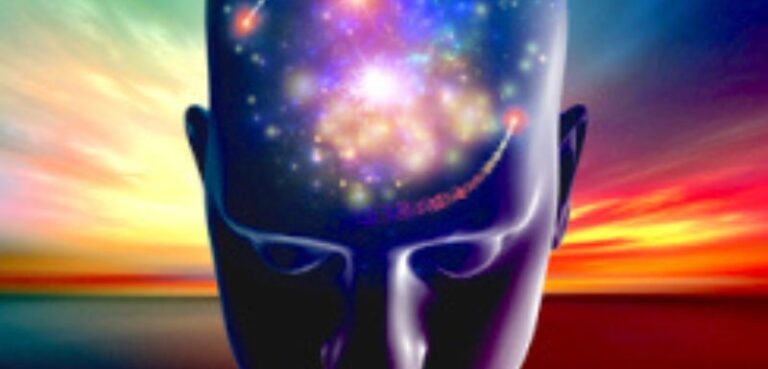The nervous system: it’s big, it’s complex, and it does a lot for us. As you might have learned in health class long ago (like I did), the autonomic nervous system in particular facilitates the involuntary or unconscious processes of our body, like breathing, heart rate, digestion, and more. Along with the somatic nervous system that lets us perform voluntary movements, the autonomic nervous system is pretty damn great at… well, keeping us alive!
However, what many don’t realize is that when we undergo stress, our emotions can directly impact how our autonomic nervous system works. Holistic medicine recognizes that our feelings have as much to do with the mind as it does with the body; think of them as invisible energies that color your nervous system with bursts of pleasure and pain, shaping your inner world with contrast and personality. But when prolonged periods of stress, trauma, and negative emotions encumber that system without proper release, a dysregulated autonomic nervous system can be the result.
Simply put, dysregulation happens when there is an imbalance between the sympathetic and parasympathetic branches of the autonomic nervous system. The sympathetic system carries signals that put your body on alert, while the parasympathetic system carries signals to relax those systems. When these two are out of whack, the nervous system starts to accommodate stress with heightened activity. It over-produces stress signals that may have helped us out in a pinch in the stone age, but serve no real purpose now.
So, what does this look like? Chronic brain fog, anxiety, heightened paranoia, depressive thoughts, GI issues, lower/higher blood pressure, and inappropriate emotional reactions to mundane inconveniences. A trip to the store can have you feeling like you’re being hunted for sport. Suddenly, spilled milk becomes more than enough to cry over, and in some cases, call out of work over. As time passes, these nervous dysfunctions can evolve into hormonal imbalances, dizziness, chronic illnesses, and drastic changes in sexual functioning. Everything that your nervous system used to do now does in survival-burnout mode, and it can lead to a serious decline in quality of life.
What Can I Do?
Thankfully, there are ways to heal a dysregulated nervous system. Through repetitive healing techniques, you can re-achieve that mind-and-body balance. If you have autism, ADHD, PTSD, and other conditions that involve the nervous system and trauma, the following recommendations by Dr. Michael Ruscio may doubly help:
- Cold exposure. Ice baths, ice face baths, or just holding ice in your hand can train your sympathetic nervous system to literally chill out, all while increasing those relaxing parasympathetic activities.
- Breathing techniques. There’s no one technique that will suit everybody, but regulating your breathing will activate those parasympathetic signals. Breathing tutorials can be found everywhere online; “box breathing” is just one.
- Address GI issues. Did you know that much of your nervous system is actually located in the gut? Probiotics, mindful eating, and a diet that addresses your metabolic needs can help tremendously. Consult a nutritionist or your doctor for more information.
- Somatic therapy. This form of therapy uses a holistic mind-and-body approach to release pent-up tension weighing on both your physical and emotional well-being. Instead of just talking, somatic therapists also incorporate dance, meditation, and other forms of movement to stimulate the nervous system in healing ways.


